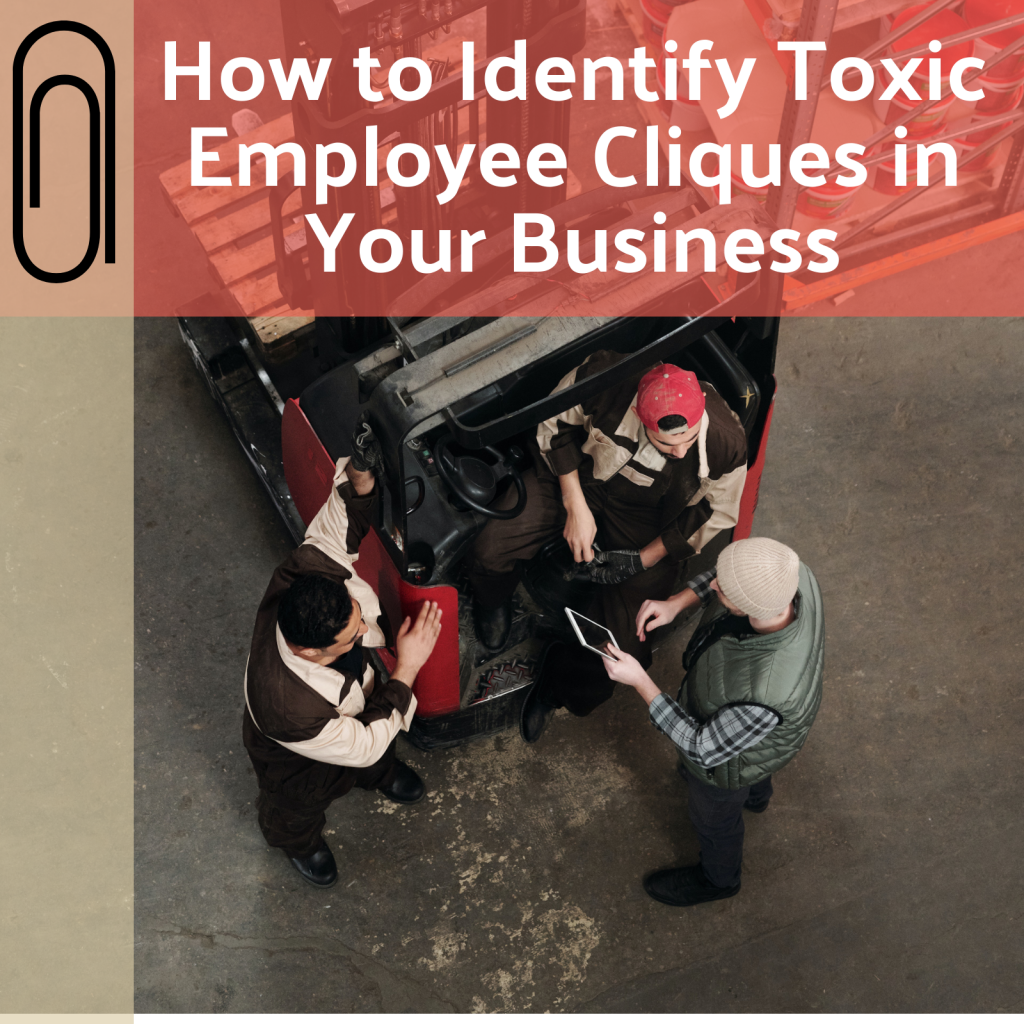How to Identify Toxic Employee Cliques in Your Business

Is it possible that the productivity and morale of your team suffering at the hands of toxic employee cliques? An uncomfortable workplace atmosphere or a downturn in performance might not lead you to think first of toxic employees. You might question the competency of your leadership or your own business strategy first, but a negative […]